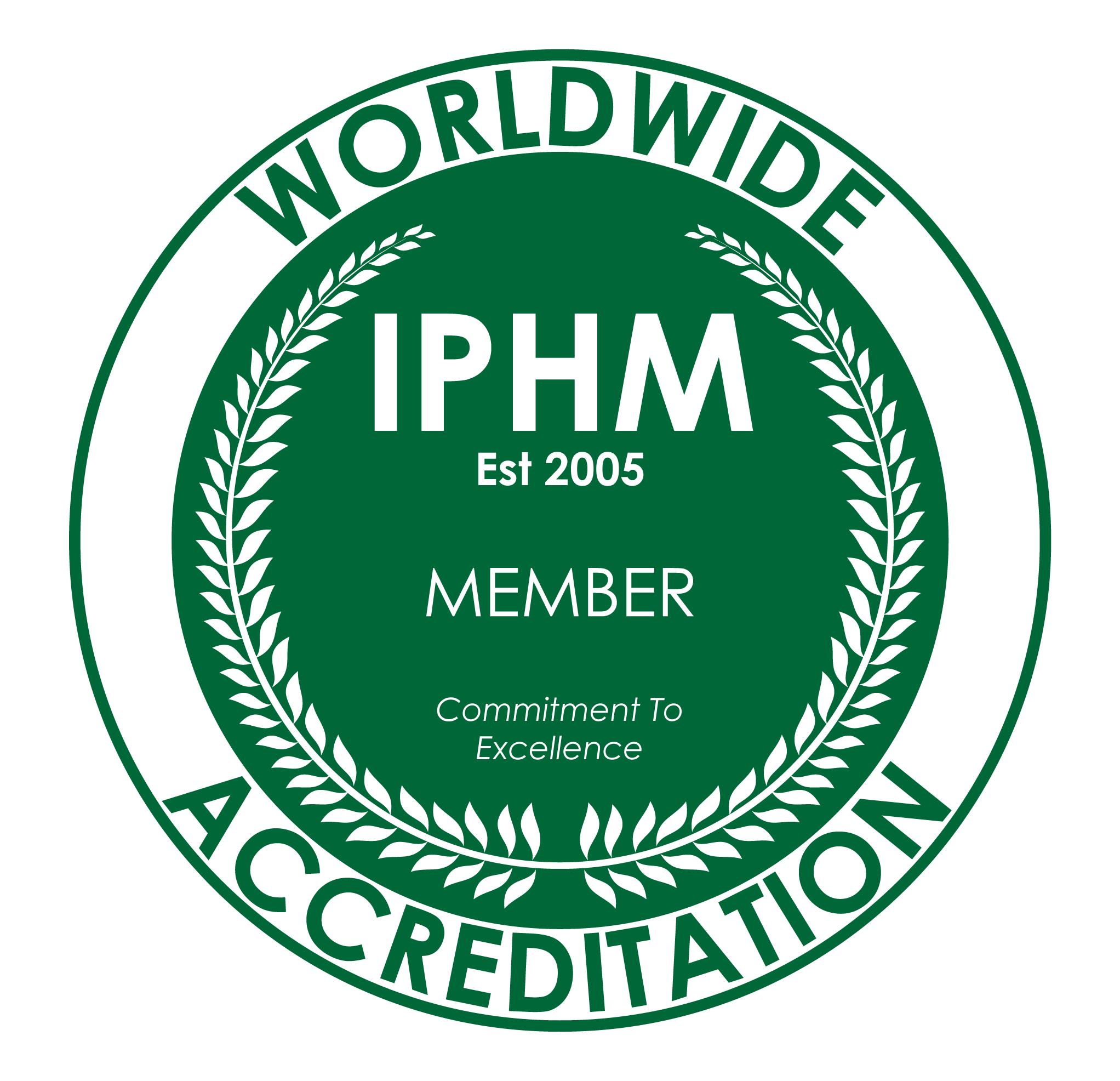Resilience is a term that is prevalent in various fields, from psychology to somatic therapy and is often cited as an essential trait in the face of adversity. Through detailed exploration, thought-provoking reflection, and engaging discussions, the realms of resilience theory have been brought to the forefront, emphasizing its application in trauma prevention and healing. The goal? To establish a strong foundation for understanding trauma healing and paving the way for liberatory social change.
Defining Resilience: Beyond Just Bouncing Back
At the heart of understanding resilience is delving into its definitions. Historically, resilience has been simply defined as the capacity of individuals to bounce back from adversity. However, as we delve deeper, it becomes evident that resilience is a multifaceted concept that transcends individualistic models and extends to collective and structural frameworks.
Regulation, Rest, and Recovery: The Triple R’s of Resilience
A pivotal point of our exploration was around the concepts of regulation, rest, and recovery. These aren’t just buzzwords but essential components of resilience.
- Regulation: This refers to the body’s ability to maintain equilibrium. In the face of trauma, it’s how we moderate our responses to stressful situations.
- Rest: Beyond mere sleep, rest encompasses moments of pause, relaxation, and rejuvenation.
- Recovery: Post trauma, recovery is the process of returning to a state of normality, but potentially a new, more informed normality.
Each of these plays a unique role in resilience, helping individuals, communities, and systems adapt and thrive after facing adversity.
The Risk of Decontextualizing Resilience
However, a significant risk in the resilience discussion is the decontextualization from ecologic models of stress, trauma, and adversity. Research suggests that resilience cannot be understood outside the context of the environment and the unique adversities faced. Ignoring these factors can lead to oversimplified and ineffective resilience strategies.
Understanding Determinants of Resilience
Our exploration also highlighted the various determinants of resilience:
- Individual determinants: Personal traits, learned behaviors, and coping strategies that enable a person to face adversity.
- Collective determinants: Factors within communities, such as collective memory, shared experiences, and communal support systems that bolster resilience.
- Structural determinants: Systemic elements like policies, societal norms, and infrastructures that either facilitate or hinder resilience.
Resilience & Trauma Healing
The undeniable role of resilience in trauma healing was emphasized. Resilience isn’t just about preventing trauma but is instrumental in the healing process. It’s the trait that not only helps individuals survive adversity but also thrive beyond it, forging paths for meaningful and lasting change.
Introducing: The Resilience Toolkit Model
One of the actionable takeaways from our exploration was the introduction to the Resilience Toolkit model. This practical approach fosters:
- Embodied self-awareness: Recognizing one’s bodily reactions and emotions in the face of stress or trauma.
- Appraisal of stress and trauma responses: Evaluating whether the body’s responses are appropriate to the environment and situation.
- Effective somatic strategies: Employing body-based strategies to address stress and trauma, ensuring reactions are congruent with the situation.
Reflections on Resilience
As we delved into this topic, readers might ponder on questions like:
- Shifts in Understanding: How has your perception of resilience evolved? Does this change how you comprehend trauma and its healing?
- Personal Resilience Strategies: In what ways are you fostering resilience in your life or ensuring this when interacting with others?
- Collective Resilience: How can you better integrate a holistic resilience perspective, factoring in both individual and collective elements, in your daily endeavors?
In conclusion, resilience is more than just individual strength. It’s a comprehensive, multi-dimensional framework rooted in understanding, fostering, and nurturing strengths at multiple levels. By integrating a profound understanding of resilience, we can pave the way for effective trauma healing and sustainable social change.







